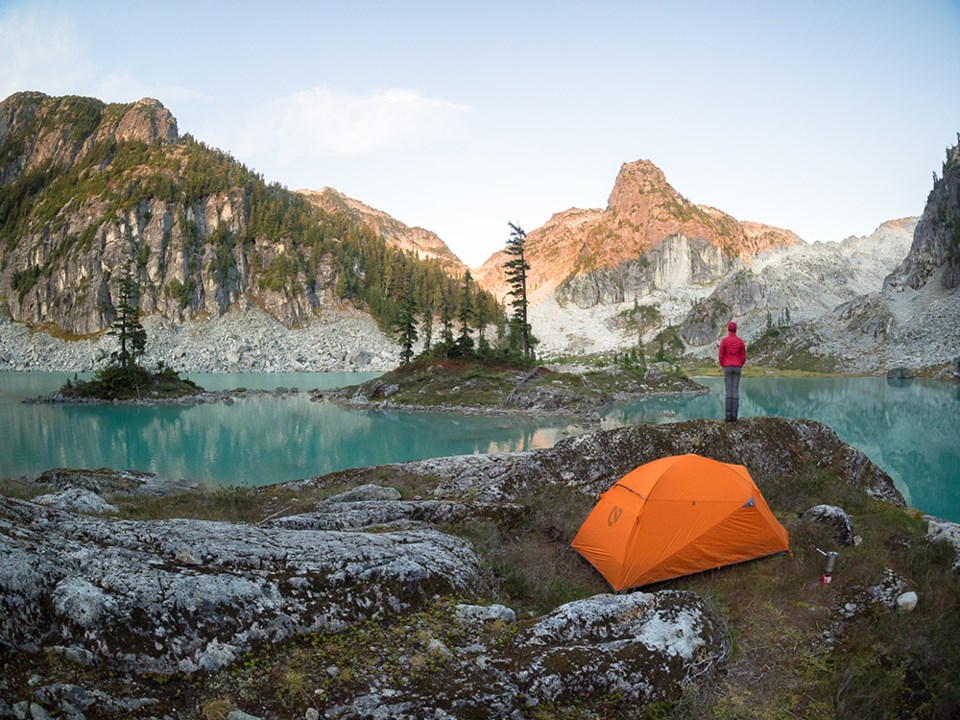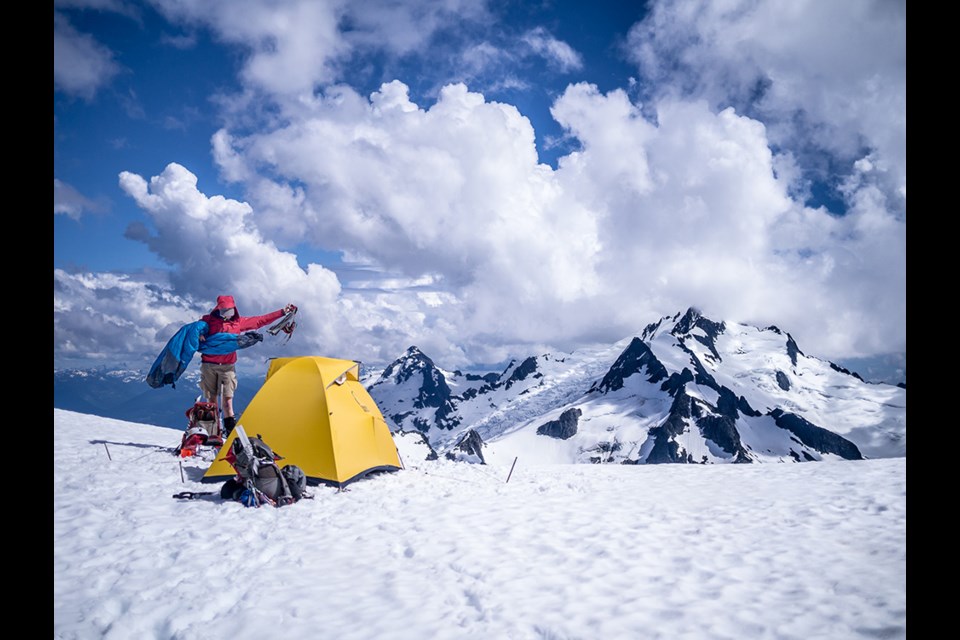The transition from fall into winter can be a trying time of year when it comes to continuing to get out into the natural world. What is the right gear to bring? 
Daytime temperatures can feel like shorts and T-shirt weather, whereas in the early mornings and in the shade it can feel chilling like winter. Do you plan for sun, rain or snow? 
I understand why many simply pack their camping gear away and hibernate for the winter, with maybe the odd trip to a local ski hill for a taste of winter, until the snow melts again.
Personally, though, fall is my favourite season to be outside. The variations in the weather and conditions make travel in the forests and mountains more engaging and interesting. The key to making every season an enjoyable experience is in the equipment you choose. 
There is a saying by, Ranulph Fiennes, a famous British adventurer that goes, ΓÇ£There is no bad weather, only inappropriate clothing.ΓÇ¥
In the same way that wearing a down parka on a sweltering day at the beach is a bad decision, so is wearing pants that will not shed water on a rainy day or an insulated jacket that isnΓÇÖt warm enough for a sub-zero outing in winter.
Below are some pieces of advice about what to take into consideration when looking to purchase equipment.
1) Warranty and return policies: 
This is probably the least exciting feature of outdoor equipment but the most important. When buying outdoor gear know how you are protected if it fails on you. 
You will need to know what the warranty and return policies are for both the store and the manufacturer you are buying your clothing or gear from. 
Does the manufacturer offer a lifetime guarantee? What happens if you go for a hike up the Stawamus Chief in your shiny new boots and there is a problem with them? Will the store be dealing with the return or will you need to ship the item back to the manufacturer?
Before buying ask these questions.
Personally, I will always pay more for an item if it features a lifetime warranty with the manufacturer. Even if the item appears to be very expensive, I take into account the fact that I will likely be using it for a decade or more. Spread over time and accounting for the replacements I would have had to buy without the warranty I can justify the initial cost. 
2) Versatility:
When purchasing an item consider how many seasons of the year you hope to use it. For tents, do you want to use it for snow camping but also in the summer on the West Coast Trail? 
After using a wide variety of equipment over several years, I prefer gear that is versatile in a number of different applications, like a rain/wind jacket that is fitted close enough for rock climbing but also has enough range of motion to make it good for skiing also, or a tent that has enough support to withstand snow weight in a storm but also allows for adequate ventilation and circulation of air on hot summer trips.
It can be easy to go for the highly specialized items that work really well for the season you are currently in without visualizing how that piece of equipment will function as the seasons change. Choose equipment that is flexible for use at different times.
3) Pick two:
There is a saying; Outdoor gear can be light, it can be good and it can be cheap. The catch is that you only get to pick two of these qualities.
Generally, if you want an item that is the lightest on the market and durable to withstand many adventures outdoors you are going to pay a premium for it. 
Good outdoor equipment and clothing are not cheap. We’ve likely all nearly fainted the first time we checked the price tags on the latest waterproof/breathable jackets and pants. But if you are savvy you can usually find items that won’t break the bank and still work for you. 
I would recommend not focusing so much on getting extremely light gear and focus more on the durability of the item. ItΓÇÖs easier to endure an item that weighs a few grams more in your pack than an item that is light but fails the moment you need it.
Overall, gear selection for the outdoors is a matter of preference, experience, and abilities. The first time I went winter camping I used cheaper leather boots that got wet in the snow and then froze solid overnight. I only had a heavy fleece jacket which wasn’t sufficient for being out in the cold so I spent most of that evening, night and following morning in my sleeping bag. It wasn’t an ideal situation but I learned a lot in regards to how quickly incorrect gear can turn an enjoyable adventure into one of constant discomfort. Friends I was with, in puffy jackets and insulated boots were out in the snow laughing, building quinzees — snow shelters — and then staying out to watch the stars twinkle in a way that you can only see on those clear and crisp winter nights in the backcountry. 
I missed most of it, but the next time I went winter camping, after buying the needed gear, I understood the appeal of camping in the cold. Ultimately, that is what the gear is for. It doesn’t have to be flashiest, newest or most technologically advanced. It just needs to be good enough to enable you to make memories out in wild places, safely and comfortably. With the right clothes and equipment, any season of the year can be the best season. 





